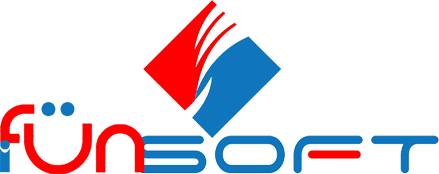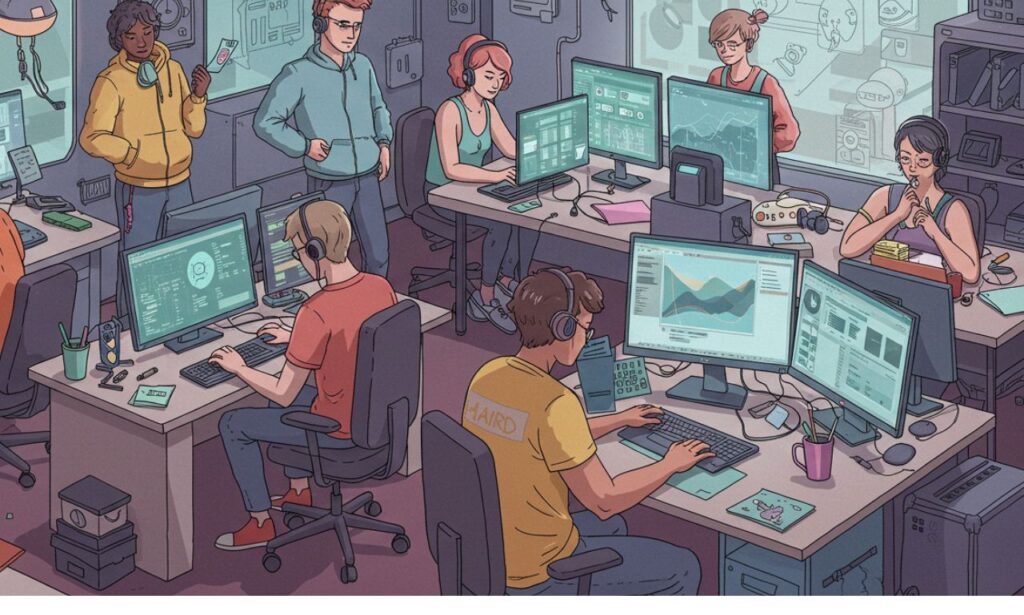The startup world is no longer defined only by venture capital or corporate accelerators. A growing wave of independent creators, known as indie hackers, is changing how businesses are built. These entrepreneurs rely on self-funding, lean strategies, and digital communities to launch products without giving away ownership or control.
In 2025, the indie hackers movement is stronger than ever, supported by no-code tools, global online marketplaces, and a culture that values independence over traditional investment. This article dives deep into what indie are, how they work, their challenges, and what the future holds.
Indie Hackers and the Meaning Behind the Term
At its core, the indie hackers term refers to individuals or small teams who create and grow businesses without outside funding. Instead of seeking large investment rounds, they focus on building sustainable income through customer-driven revenue.
The indie ethos is built on three principles:
-
Independence – Retaining ownership and freedom.
-
Sustainability – Growing slowly but steadily.
-
Community – Learning from and supporting others on the same journey.
Indie Hackers: A Community of Builders
One of the biggest strengths of indie is the online community. Platforms like Indie Hackers.com bring together thousands of makers who share revenue reports, product launches, and transparent lessons from their entrepreneurial journeys.
The community aspect of indie offers:
-
Peer support and accountability.
-
Networking without corporate gatekeeping.
-
Inspiration from real stories of small wins.
-
Collaboration opportunities for new projects.
This environment empowers indie to learn from failures and successes alike.
Indie Hackers and Bootstrapping
For most indie , bootstrapping is the foundation of their business strategy. Instead of raising venture capital, they reinvest profits to scale. This approach leads to:
-
Full control over the company’s direction.
-
Reduced pressure from investors demanding rapid growth.
-
Flexibility to pursue niche markets.
Bootstrapping aligns perfectly with the indie philosophy of building profitable, not speculative, startups.
Indie Hackers and No-Code Tools
The rise of no-code and low-code platforms has been a game-changer for indie . In 2025, tools like Webflow, Bubble, and Airtable empower non-technical founders to launch functional products quickly.
Benefits of no-code for indie include:
-
Lower development costs.
-
Faster testing of ideas.
-
Greater independence from technical hires.
This democratization of technology allows anyone with determination to join the indie movement.
Indie Hackers and Revenue Transparency
A unique feature of the indie culture is open revenue sharing. Many creators publicly share their monthly earnings, growth charts, and even expenses.
This transparency has multiple benefits:
-
Inspires newcomers by showing realistic paths to success.
-
Builds trust within the community.
-
Provides benchmarks for others building similar projects.
By demystifying business performance, indie prove that growth doesn’t always require millions in funding.
Indie Hackers and Micro-SaaS Businesses
Many indie are gravitating toward micro-SaaS models. These are small, subscription-based software services targeting niche audiences. Examples include:
-
Tools for freelancers.
-
Project management apps for specific industries.
-
Productivity plugins or integrations.
Micro-SaaS aligns perfectly with indie hackers values since it can be profitable with only a handful of loyal users.
Indie Hackers and Content Creation
Beyond software, indie also build businesses around content. Blogging, podcasts, newsletters, and courses have become common paths to income.
Content-driven indie benefit from:
-
Low upfront costs.
-
Opportunities for personal branding.
-
Monetization through sponsorships, ads, or memberships.This approach proves that indie don’t always need to code to succeed.
Indie Hackers and Challenges They Face
While inspiring, the indie journey is not without difficulties:
-
Isolation – Working solo can be lonely without the right support.
-
Uncertain income – Without investor backing, revenue may fluctuate.
-
Scaling limits – Small teams often struggle to grow beyond certain points.
-
Work-life balance – Independence sometimes leads to burnout.
Despite these challenges, the resilience of indie continues to fuel the movement.
Indie Hackers vs Traditional Startups
Traditional startups often chase rapid growth, investors, and billion-dollar exits. In contrast, indie focus on sustainable income and creative freedom.
Key differences include:
-
Funding – Venture capital vs self-funded.
-
Goals – Unicorn status vs profitability.
-
Pace – Hyper-growth vs steady progress.
Indie prove that success can be defined differently, often prioritizing lifestyle freedom over valuation.
Indie Hackers and Global Opportunities
Thanks to remote work, indie now operate on a global scale. With access to international customers, they can:
-
Launch products in multiple markets.
-
Hire freelancers worldwide.
-
Collaborate across cultures.
This global reach gives indie a powerful edge compared to earlier generations of entrepreneurs.
Indie Hackers and Automation
Automation is another trend shaping indie businesses in 2025. With tools like Zapier and AI assistants, indie hackers can:
-
Automate customer support.
-
Manage marketing workflows.
-
Streamline billing and invoicing.
This allows indie to maintain lean teams while scaling their operations.
Indie Hackers and Monetization Models
Common monetization strategies among indie include:
-
Subscriptions – For SaaS and premium content.
-
Ads and sponsorships – For blogs, podcasts, and newsletters.
-
One-time purchases – For templates, eBooks, or digital products.
-
Freemium upgrades – Offering basic free services with paid premium features.
The diversity of monetization reflects the creativity of indie hackers.
Indie Hackers and Community Collaboration
Collaboration is central to the indie movement. Many creators join forces on side projects, share code, or co-launch products. This spirit of cooperation contrasts with the competitive culture often found in corporate startups.
Indie Hackers: Future Trends in 2025
The future of indie will be shaped by several trends:
-
AI-powered products – Building small AI tools for niche markets.
-
Decentralized platforms – Indie creating on blockchain ecosystems.
-
Sustainable growth – Focusing on businesses that can thrive long-term.
-
Lifestyle entrepreneurship – Prioritizing freedom, travel, and flexibility over traditional measures of success.
These shifts show that indie are not just surviving but innovating in ways larger companies cannot.
Conclusion
The rise of indie represents a major transformation in how businesses are built. By prioritizing independence, sustainability, and community, indie are proving that profitable companies don’t always need venture capital.
In 2025, indie stand as role models for anyone seeking to create value on their own terms. Whether through software, content, or micro-services, the movement is redefining what success means in the digital age.
For aspiring entrepreneurs, the lesson is clear: start small, stay independent, and let creativity lead the way.







